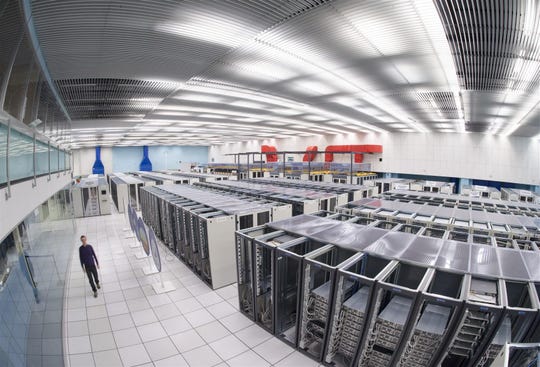AI helps improve and smooth IT service delivery, survey shows

Artificial intelligence promises to enable machines or bots to take on the heavy-duty work of many parts of enterprises. Now, there are increasingly more initiatives, as well as vendor products, that will autonomously take on the heavy-duty work of information technology departments as well.

The automation of IT functions has been evolving for decades, of course -- from job-scheduling systems in the 1990s to self-healing systems introduced more than a decade ago. These days, IT automation goes by many names -- such as autonomous systems, self-driving systems or bots. Lately, more of it is falling under the moniker of AIOps, joining the parade of xOps methodologies, promising to apply AI and machine learning to mechanize, standardize and automate the delivery of IT services.
So far, so good with AIOps, at least in the implementations that have taken place to date. A survey of 200 IT managers who say they already work with the tools or practice say it is helping them manage their IT hairballs. The survey, released by OpsRamp, say 87 percent agree that AIOps tools are delivering value "through proactive IT operations and improved hybrid infrastructure resilience." Since OpsRamp is a provider of AIOps tools, it stands to reason they would trumpet these results. At the same time, the data points to where AIOps is best deployed, and some of the issues still holding up progress.
Let's start with issues being encountered with AIOps initiatives. The problems mirror those seen with AI and machine learning in general -- building trustworthy data sets, and finding the talent who can make AI and AIOps a reality. More than two-thirds of the AIOps implementers say it's taking time to build trust in the relevance and reliability of AIOps recommendations. Until that happens, the survey's authors note, "IT teams will combine data-driven insights with human judgment to draw the right conclusions for performance optimization."
A similar portion of IT managers, 64 percent, say they can't find the skills to make AIOps a reality. The survey finds that it takes a majority of enterprises, 53 percent, between six to twelve months to hire data science and analytics professionals. For more than one in ten, it takes more than a year to hire data scientists. Theoretically, in the long run, AIOps should reduce skills requirements to run data centers. Right now, IT teams will need to gain expertise in machine learning techniques and combine them with incident analysis skills to support AIOps deployments.
Another concern cited by a majority of IT managers, 57 percent, is also the same concern that has been voiced about other new technologies in the past -- loss of control. Are IT managers ready to cede complete control to self-driving autonomous systems that deliver actionable insights for problem diagnosis, troubleshooting, and recovery? Not quite yet.
Still, among those actively working with AIOps, there are some noticeable benefits surfacing, especially on the operational side of things, according to the survey. There are productivity gains from the elimination of low-value, repetitive tasks across an incident lifecycle (cited by 85 percent), rapid issue remediation with faster root cause analysis (80 percent), and better infrastructure performance through "noise reduction" (77 percent).
The survey also explores the five leading use case for AIOps at this time:
- Intelligent alerting (cited by 69 percent of those using AIOps tools). "AIOps tools deliver contextual alert notifications that let DevOps teams understand event history, streamline incident collaboration, and meet service-level requirements for problem resolution," the survey's authors state.
- Root cause analysis (61 percent). "AIOps ensures better service uptime and reliability with rapid problem diagnosis that combines impact visibility and service context to determine probable cause and effect for operational issues."
- Anomaly/threat detection (55 percent). "Machine-learning algorithms can quickly identify outliers through pattern recognition, so that IT teams can extract signal from noise and identify events that deviate from regular system behavior."
- Capacity optimization (54 percent). The ability to manage system resources has always been the cornerstone of IT performance management, and AI and machine learning is now helping to do so across various clouds and on-premises systems as needed.
- Incident auto-remediation (53 percent). The survey finds two in five respondents were able to significantly accelerate the time to remediate incidents, and one in ten were able to cut overall incident resolution times by almost half.
These use cases and benefits of AIOps thus far relate to increasing the performance and delivery of IT services from an internal standpoint. While it is still a step away from direct business benefits, it nevertheless will potentially strengthen IT's goal to serve as a business within a business, providing superior customer service and customer experiences while keeping costs low.